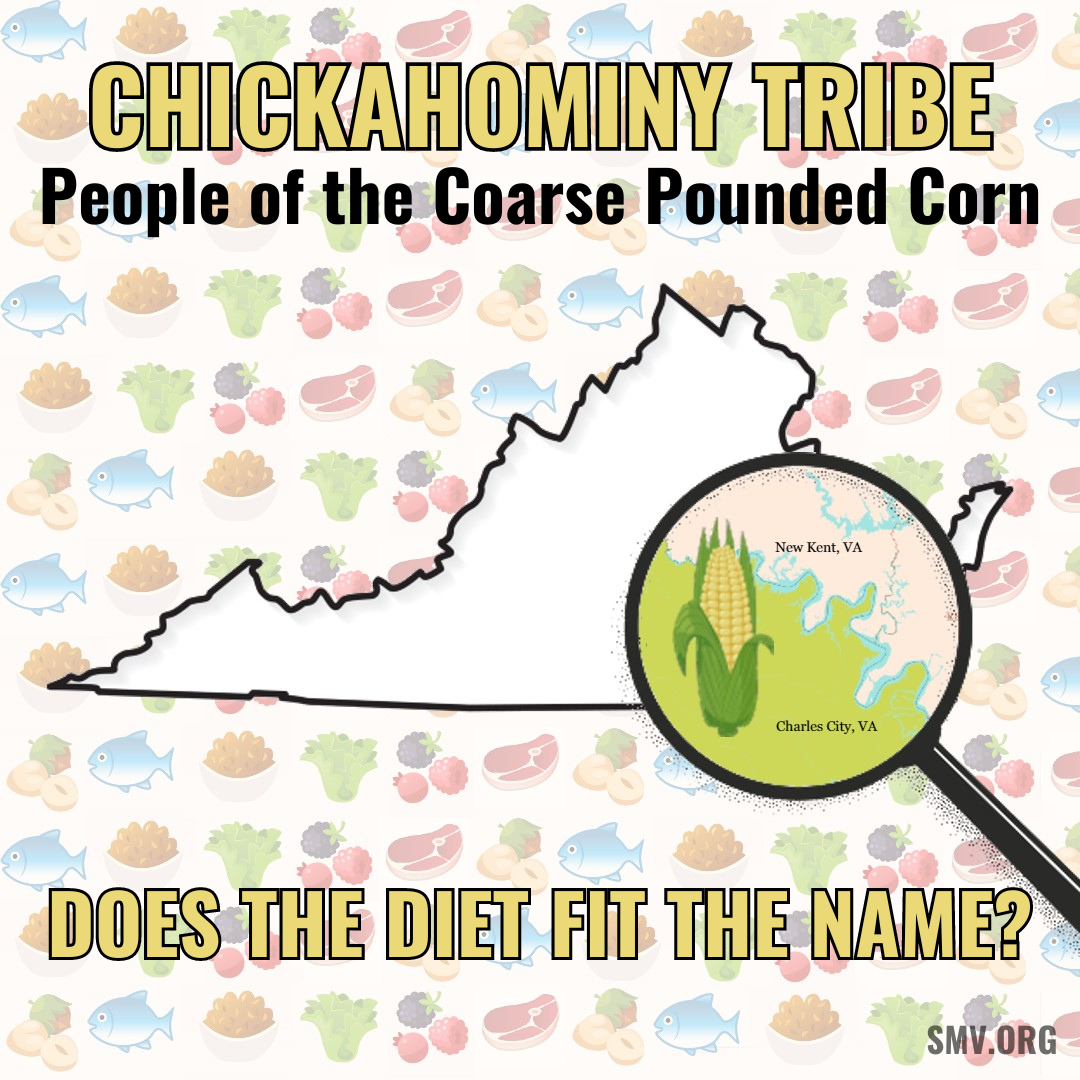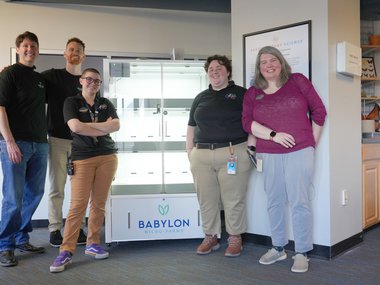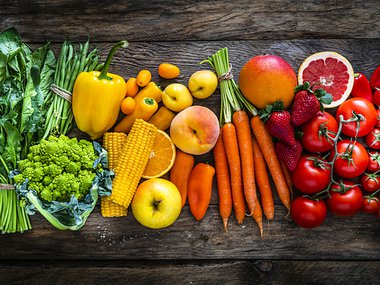Collaboration is Key: Engaging with Virginia Indian Tribes
Teamwork makes the dream work, and we tend to agree. Especially when it comes to science! The theory of relativity, DNA structure and the International Space Station are all examples of scientific success stories rooted in collaboration. Now, Virginia is joining other states by codifying legislation supporting collaboration with an important partner: Native Americans.

As a result of two bills passed by the 2024 General Assembly, Virginia will consult with federally recognized Tribes on projects with “environmental, cultural or historical impact.” This collaboration is important as it recognizes the power of Indigenous knowledge. It’s also a notable step toward rebuilding relationships that have had a deep history of mistrust and mistreatment.
So, what does a good collaboration look like? The Native Governance Center has a guide on how to partner with Native nations in a positive way. We’ve also already seen some great examples here in Virginia!
People of the course-pounded corn: does the diet fit the name?
In 2012, archaeologists from William & Mary worked with the Chickahominy tribal council to examine Chickahominy artifacts and remains. Assistant Chief Wayne Adkins was appointed as a liaison for the Tribe. His artifact review resulted in forensic facial reconstructions and bone chemistry analysis. These findings helped answer two questions specifically posed by the Tribe: what did their ancestors look like and what did they eat? And yes, scientists proved corn played a big part in the Chickahominy diet.

Check out our social post to learn more!
Let’s identify some knowledge gaps in water resource management.
A United States Geological Survey (USGS) report was prepared in partnership with the Pamunkey Indian Tribe. The 2024 report investigates the Pumunkey River Watershed and highlights the incorporation of traditional ecological knowledge to improve understanding of the water resources. The extensive report cites Pamunkey tribal elders, which aims to formally document observations from members of the Tribe and serve as a scientific resource for tribal leaders to apply to management decisions.
Developing and maintaining any relationship takes time, but we can accomplish ah-maize-ing things when we work together. Just ask the Chickahominy Tribe!


